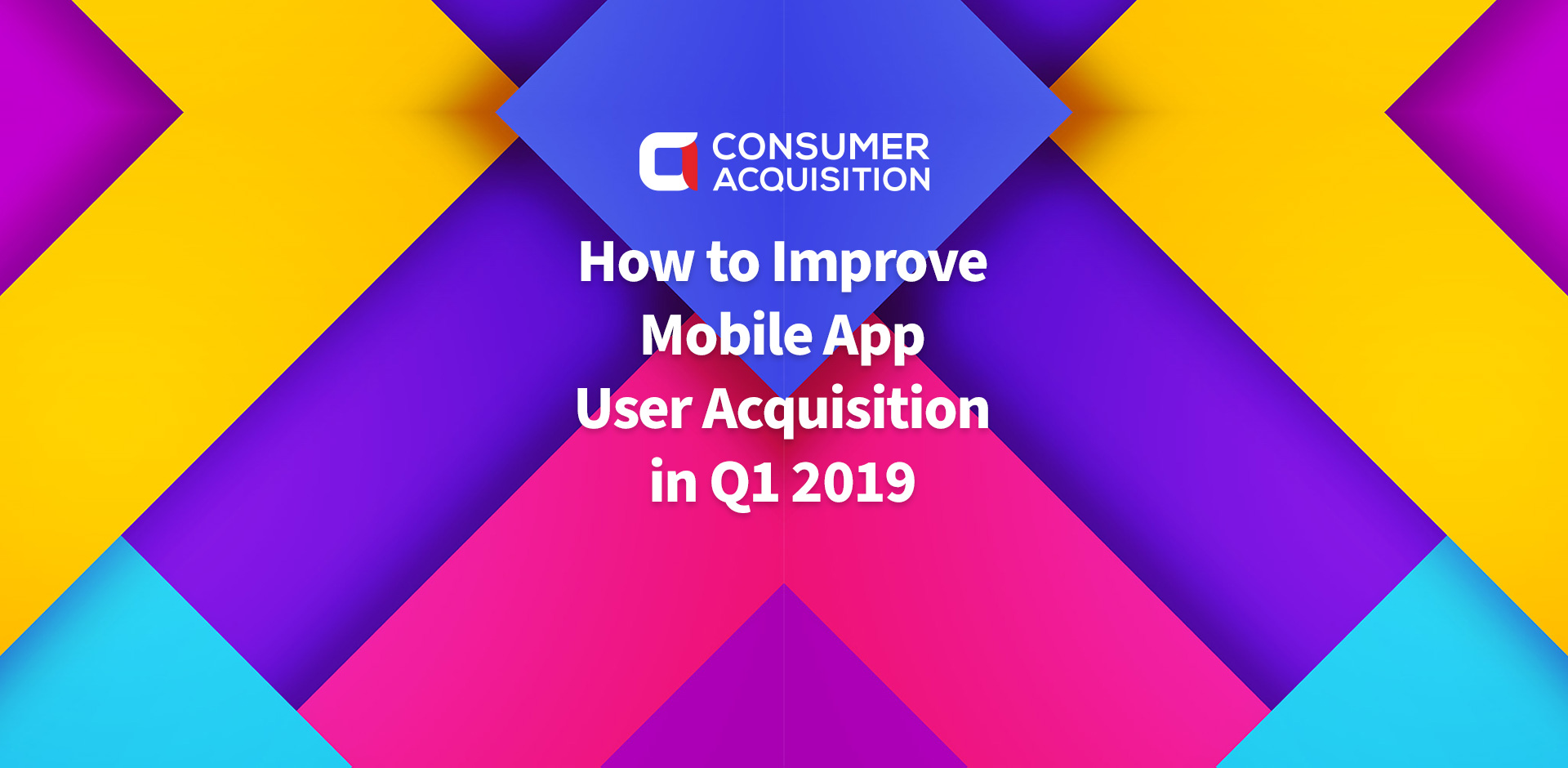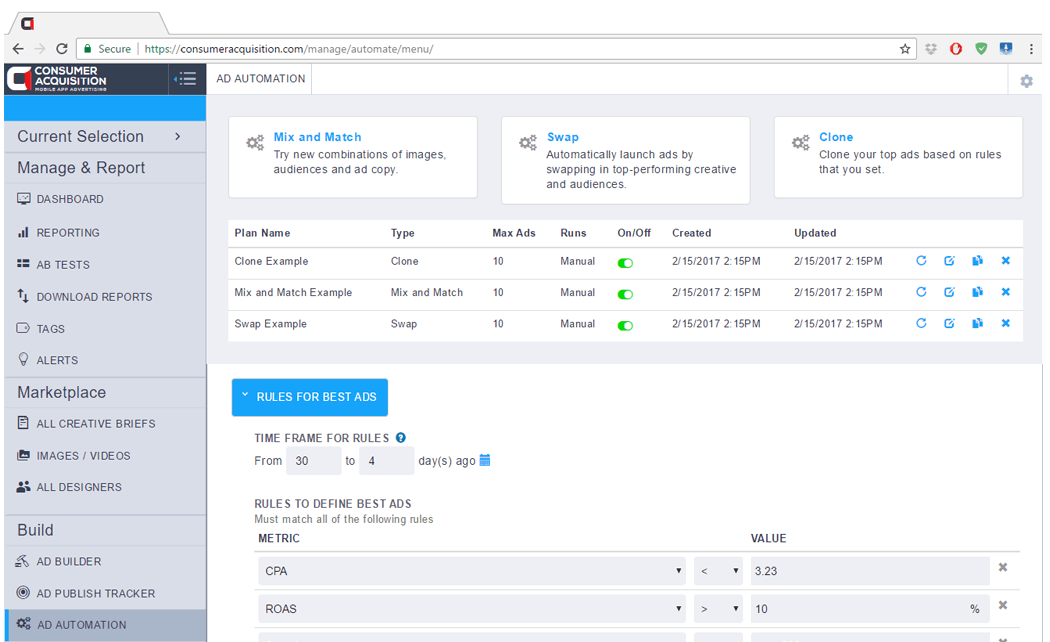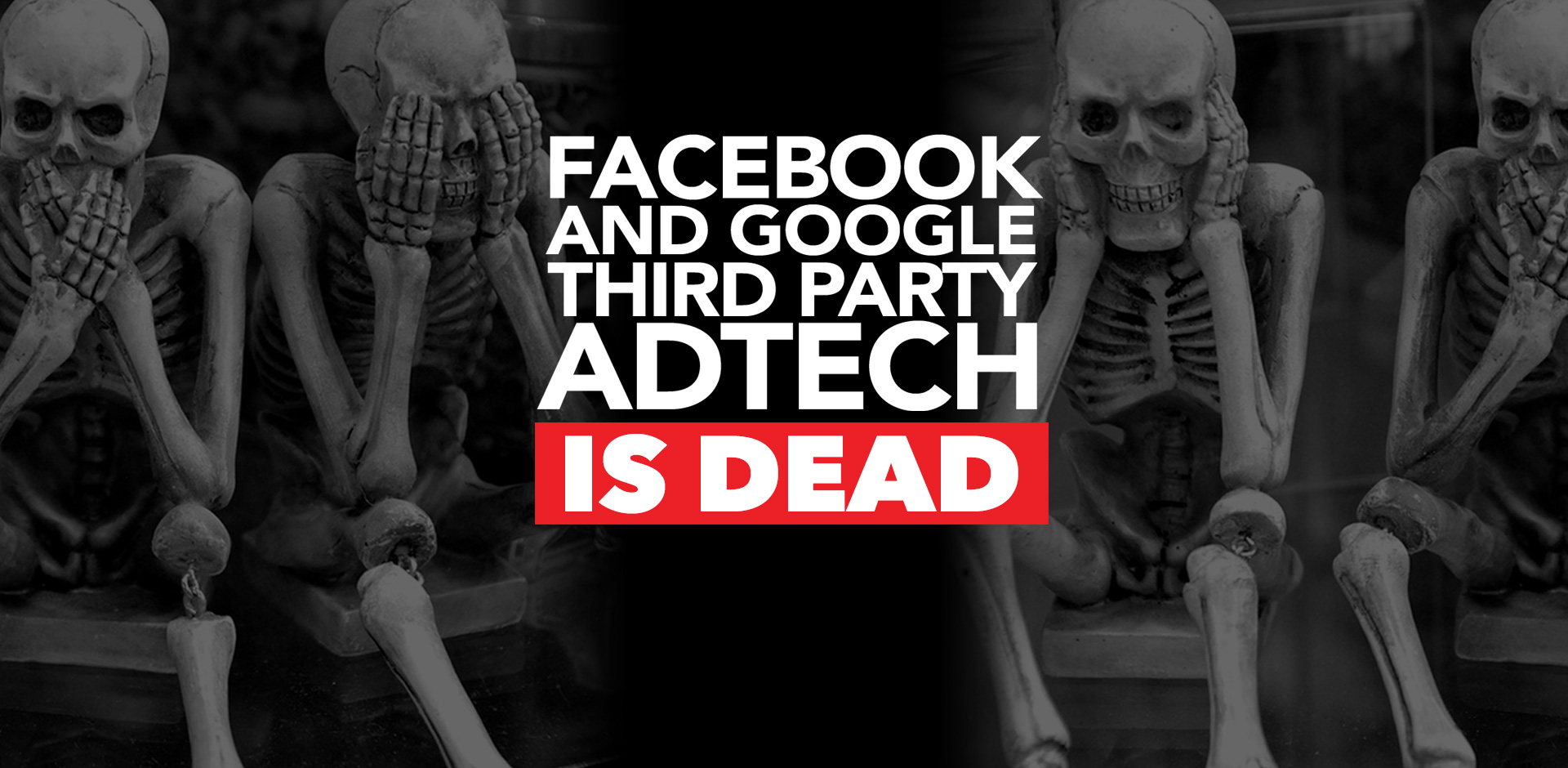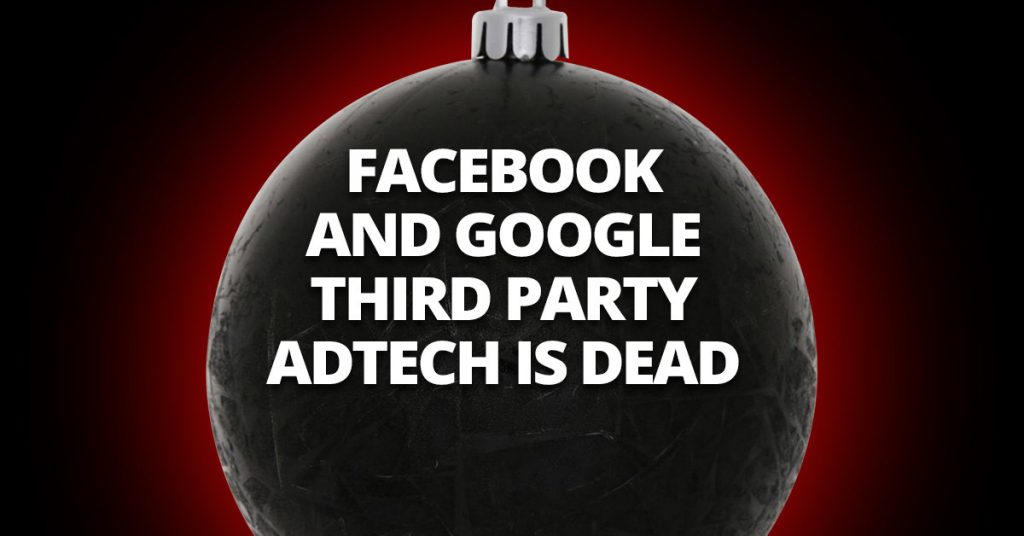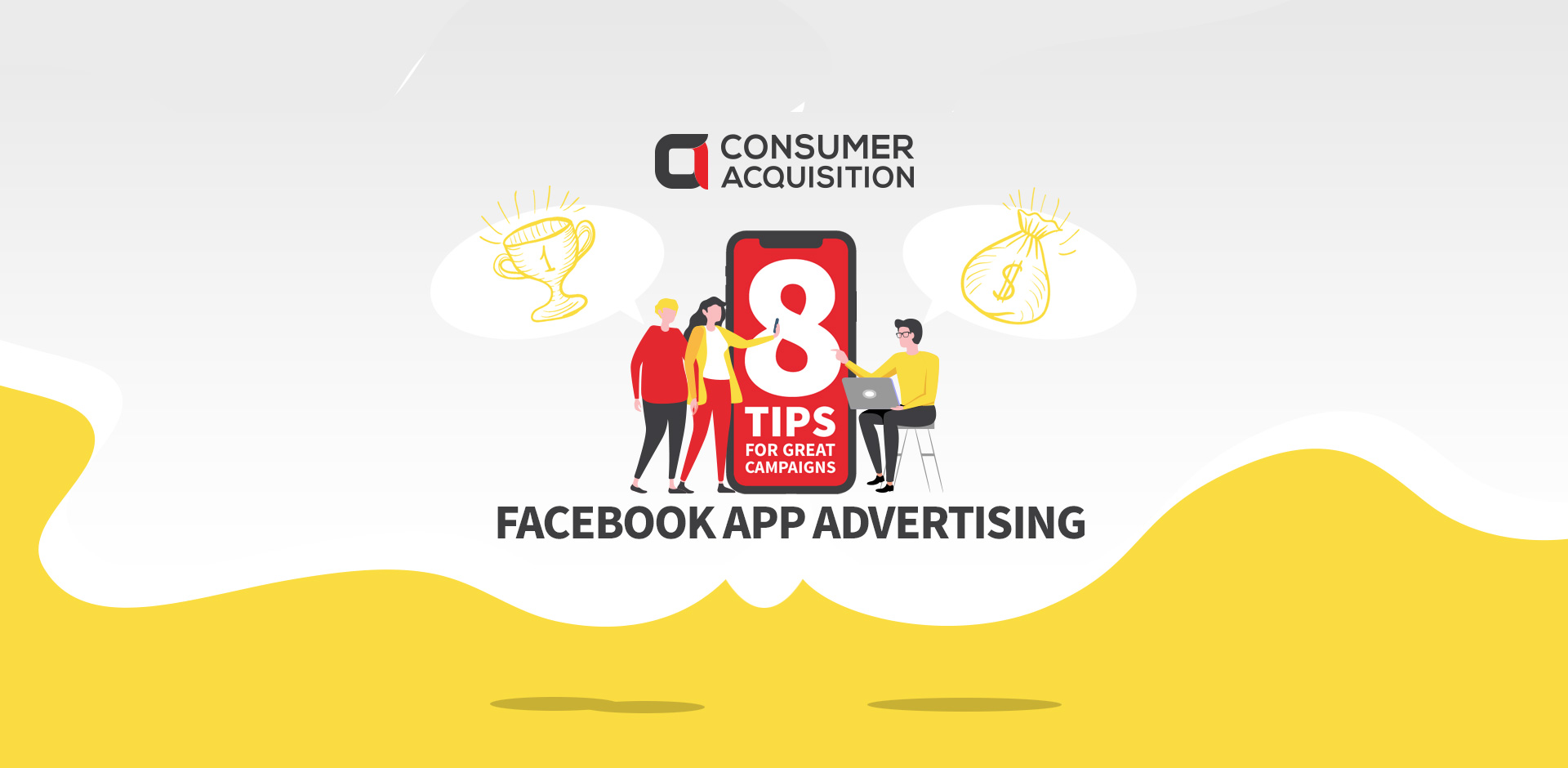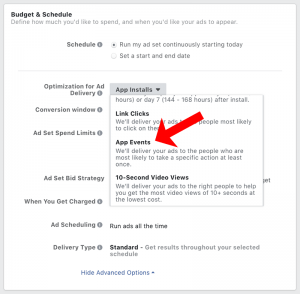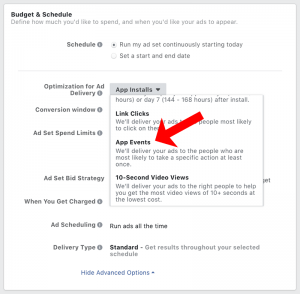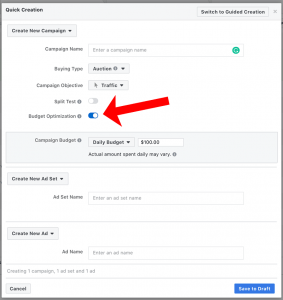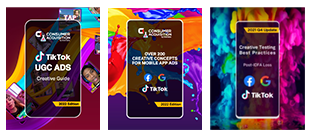Facebook has over 2.27 billion global monthly active users according to a recent report by Statista. With so many users, it’s no surprise that Facebook is also the world’s largest advertising platform and a great place to find prospective customers for your business. However, social advertising certainly has its nuances, and your team needs to take this into account to fully capitalize on the full potential of Facebook to drive mobile app user acquisition efforts.
The details matter. The effectiveness of the ads you place, audiences you target, bidding structure of your campaigns, and the creative you deploy all affect the success of your campaigns. Let’s take a look at a few best practices you can use to accelerate your user acquisition efforts in Q1 of 2019.
Mobile App User Acquisition
Understand Your Objective
The Facebook platform has three different advertising objectives that can be used for mobile application ads: App installs, traffic, and conversions. For customer acquisition purposes, consider mobile app install ads, which immediately direct users to the Apple App Store or Google Play Store to download and install your app. You can also deliver ads to consumers who are most likely to take action after installing your app with Facebook’s App Event Optimization feature. This way, you can track both installs and conversions using one objective.
Pro tip: When using the mobile app installs objective, make sure to implement Facebook SDK and mobile app events within your application. By implementing these features, you’ll be able to track installs, re-engage existing users, and drive conversions.
Build on the Right Campaign Structure
Choosing the right campaign structure can make or break a Facebook advertising campaign. A platform best practice is to have the smallest number of campaigns in the account as possible with limited or no overlapping audience targets. In accomplishing this, it is also best to create campaigns that are tied to a particular geography, buying type, and bidding type to minimize overlap and competition between ads.
When choosing a buying type, you have two options:
- Auction
- Reach & frequency
With the mobile app installs objective, it is best to use “auction” as your buying type, as it will give you more control over the target audience and duration of your ad, as well as ad budgeting.
Make sure to choose the right audience and avoid audience overlap between ad sets to minimize ad competition. With acquisitions, we want to target potential new users who are likely to be interested in your content. A great way to do this is to create Lookalike Audiences. This allows you to reach potential new users that are similar to your high-value customers and thus likely to be interested in your content. You can target audiences geographically to ensure languages are optimized as well.
Our user acquisition experts have determined that the best way to maximize Facebook ROAS is to optimize creative and test. It is a best practice to create many ad sets that target specific audiences (that do not overlap), have different campaign objectives, and employ different bid types. This will allow you to efficiently release user-specific ads, drive minimum auction competition, and scale ads at volume.
Use Automation to Manage Ads
The Facebook algorithm allows for auto-bidding, auto-placement, and auto-budget. This allows you to let automation work in your favor, limiting the need for daily interactions and changes.
- Auto-bidding lets advertisers train Facebook on which users are most valuable. The algorithm then performs real-time bid changes for you so less time is spent on intraday bid changes.
- Auto-placement allows Facebook’s optimization system to spend your ad set’s budget based on performance across placements. This puts the right ad, in front of the right audience, at the right time, and on the right device.
- Auto-budget allows Facebook to increase and decrease your budget. This is based on ad performance metrics and rules for increased performance in real-time.
Automation makes advertising easier for marketers, allowing you to focus on what matters most: creative.
Employ Optimized Creative
Facebooks’ advertising and automation features have leveled the playing field for advertisers. This leaves creative (and testing creative) as the primary competitive advantage on the platform. Our research found that 95% of direct response creative fails to outperform a portfolio’s best ad – the control. This means that you have to continually test a large quantity of high-quality creative to find the 5% of winning creative that will help you achieve your business goals, without reaching creative fatigue. For every 20 new video concepts you create, only 1 will be successful.
There are two Facebook features that you can deploy to help you determine your best creative. They are dynamic creative optimization (DCO) and split testing.
- DCO allows you to test multiple ad components like the headline, ad copy, calls-to-action, and image at the same time. Facebook then will determine the winning combination of elements to drive your best ad. This feature allows you to drive continuous testing and optimization to make sure your campaigns are functioning at their best.
- Split Testing allows you to run A|B tests between creative to avoid showing the same creative to the same people. While also simplifying the creative testing process and helping uncover winning creative elements.
Leveraging a creative studio to develop ads at scale will allow you to have quality creative at your fingertips.
This team will develop fresh creative concepts and variations of successful content to run across different social networks. They will also be able to optimize future creative to help you achieve business goals more efficiently.
Final Thoughts About Mobile App User Acquisition
According to Statista, there are 2.1 million apps on the Google Play store and 2 million apps available on the Apple App Store.
With so many applications available for download, app companies must employ user acquisition best practices to drive downloads and usage. When tested and executed correctly, Facebook advertising can drive business profitability and lead to the achievement of financial objectives. Don’t risk falling behind other developers. Use these tips to accelerate mobile app installs, increase conversions, and reach your business goals in Q1.


